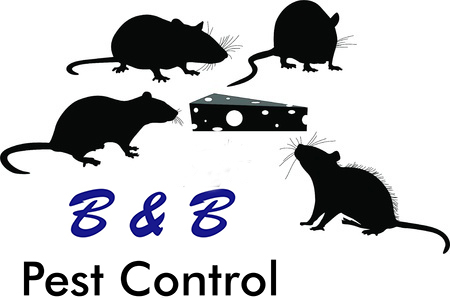Suffering through a rat infestation is one of the most miserable experiences a person can live through, so having the rodents successfully eradicated from a home is worth rejoicing over. While it is must be a relief to finally shake the persistent stress that went along with sharing a house with rats, a homeowner will want to hit the breaks before breaking out the celebratory champagne, as many of the most dangerous hazards associated with rats can continue to put residents at risk even after their home is determined to be free of the disease-spreading critters. Rats are ravenous creatures, and like all animals, rats must expel the massive amounts of food they eat as biological waste. After a home is eradicated of all unwanted rats, it is necessary to locate and clean the areas of a home where their feces remain. Exposure to rat feces, as well as rat urine, can cause people to fall ill from disease long after the critters are removed from a home. Some of these diseases are potentially fatal.
Rat feces are dark in color and are often shaped like pointed spindles that measure .6 to .8 inches in length. A majority of diseases that are spread by rats also involve disease-carrying insects, but others can be spread solely by rats with no input at all from insects. For example, Hantavirus pulmonary syndrome is a rare disease that humans contract through contact with rat feces and urine. This disease was discovered as recently as 1993, and it is spread by American rats. The initial symptoms of this disease include, tiredness, aching and fever. Later on, vomiting, nausea and headaches become the norm and eventually respiratory issues develop that make victims feel as though they are being smothered. This disease can be deadly, and so can another rat associated disease known as Hemorrhagic Fever with Renal Syndrome. HFWS can be contracted from the saliva, feces and urine of rats within any populated region on the globe and this disease is unique in that it can be transmitted from human to human. This disease results in abdominal pain, severe headaches and blurred vision. Unfortunately, the fatality rates of HFWS are around 15 percent, but early medical treatment can usually save the life of an infected individual.
Have you ever spotted a rat within a hotel room you had stayed in while traveling to a highly populated city?

